Despite of the fact that there are several thousands (if not millions) of conventional CO circuit switches and Private Branch Exchanges (PBXs) active, emerging programs are operating under VoIP protocols.
Hint: We discuss conventional CO circuit switches and Private Branch Exchanges (PBXs) in details in our POTS introduction & POTS delving deeper articles. Check them out to get basic understanding how telephone systems work to better grasp the concept of VoIP.
We will start the comprehension of the VoIP protocol in this section with basic pointers and an expert viewpoint of all the key aspects of a VoIP program in action.
The aspects may be found at a customer place, at a supplier, at a third mediator, or any combo of the above.
Knowledge of VoIP technology features knowledge of IP packets, digital voices, IP address/es, routers, Ethernet networks, and a few other supplemental systems.
The several supplemental technologies are outlined in this section of basis and explained in more detail in the chapters that follow.
Packetized Voice Technology
The following diagram illustrates a quite high-level snapshot of the functions involved in conveying speech in IP packets from one party to another.
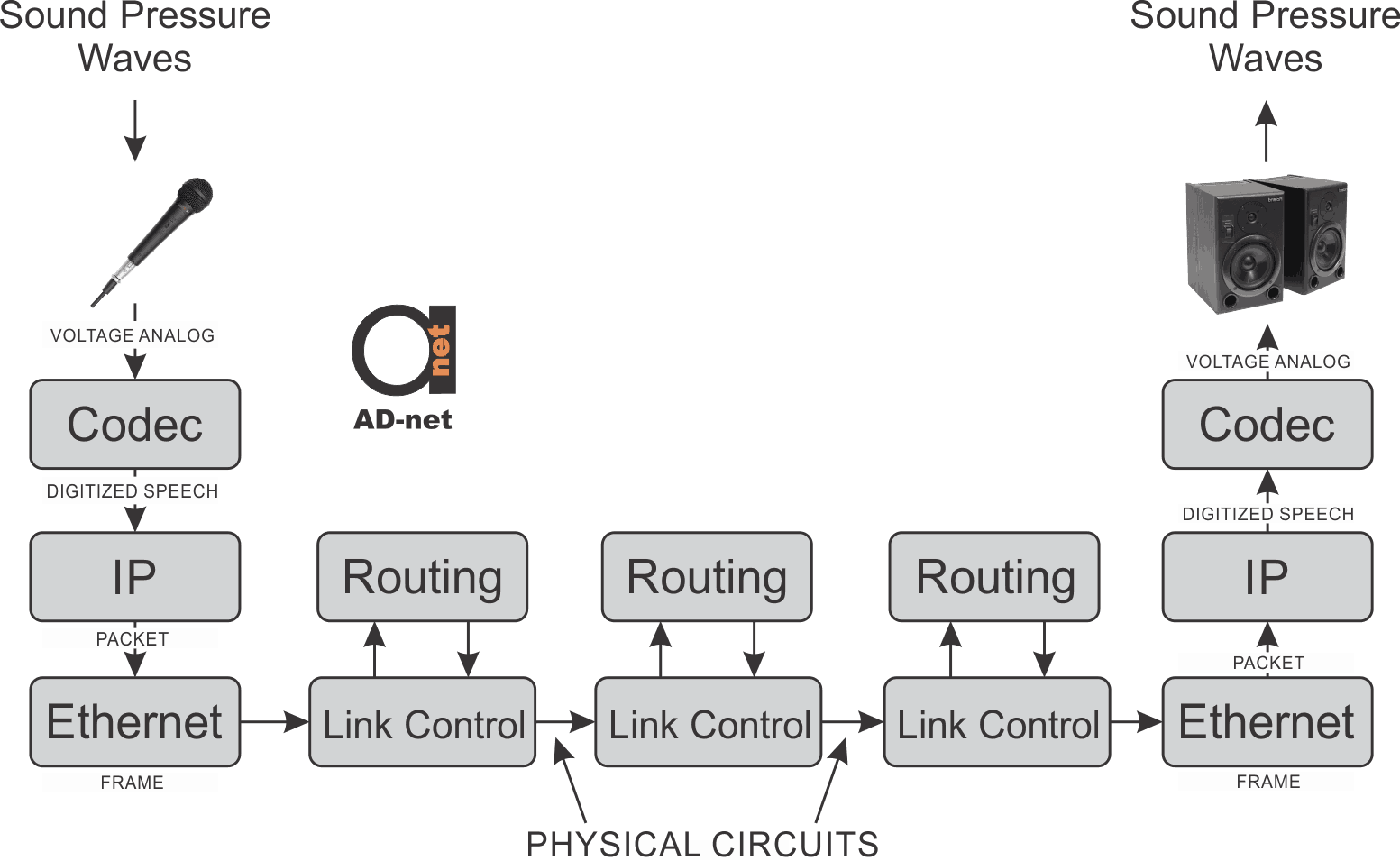
Figure 1: Functions involved to carry voice over IP (VoIP functional diagram)
Beginning from the left area, orders from a speaker’s brain trigger the coordination of vocal cords, lungs, diaphragm, tongue and lips to produce voice sounds.
A microphone when placed in front of the lips is adopting the role of a transducer, producing a vibrating voltage which is analog or expresses the sound pressure waves emitted from the throat of the speaker.
This is then introduced into a codec, which encodes the voltage analog by getting samples of it 8K times/sec and through coding the equivalent of the sample into binary digits (1s and 0s). Usually the equivalent for each sample is depicted as a byte, forming a general bit rate of 64 kb/second to be communicated.
Here’s it’s worth to mention, that E1 frame consists of 30 x 64 Kb/s timeslots, each carrying 1 voice channel. So, when you see for example this 30 voice channels over E1 mux, you know that 1 E1 can carry maximum of 30 concurrent voice conversations. 64 kb/s is standard uncompressed speed for voice.
Nearly 20 milliseconds value of coded speech is received as a unit and positioned or encapsulated in an IP packet. The IP packet starts with a header which resembles control data where the most noteworthy part is the IP address of the phone sender and the IP address of the telephone target/receiver.
IP packets are transferred from the source to the target device via an array of links. The links are linked via routers, which pass on the packets from one link to the other.
Lower level procedures like for example framing and link adressing are typically executed by implementing the IEEE Ethernet and MAC protocols. At their lowest point, the links are physically applied using DSL modems, Class 6 LAN cables, Cable Modems, fiber optics and radio systems.
Considering fiber optics, again it’s worth to mention that VoIP systems must not be confused with Fiber PCM optical muxes, which instead of converting voice signal to IP, converts them to light instead, thus offering no delay and better quality of signal. The downside of such solution is that you need direct dark fiber between 2 of such fiber muxes.

Figure 2: Sending analogue voice directly over fiber (without converting it to IP), using AD-net’s Voice Fiber Mux series equipment.
However, in VoIP systems at the target device, the bits are taken from the IP packer and enter into a codec, which reproduces the analog voltage waves.
This voltage then activates a speaker, which reproduces the sound pressure waves, which pass from the ear canal to the internal ear, triggering the vibration of the small cochlea hairs and neural stimulus in the brain, giving the listener the impression that they hear a sound.
It is noteworthy to mention that the voice packets are transferred straight away from one phone to the other using an IP system. The packets do not travel through a CO phone switch.
VoIP Protocol Aspects
A VoIP technology consists of LAN network itself, terminals, a softswitch, a router, a voicemail server, a gateway, network connections and a firewall.
Take glance on this diagram now:
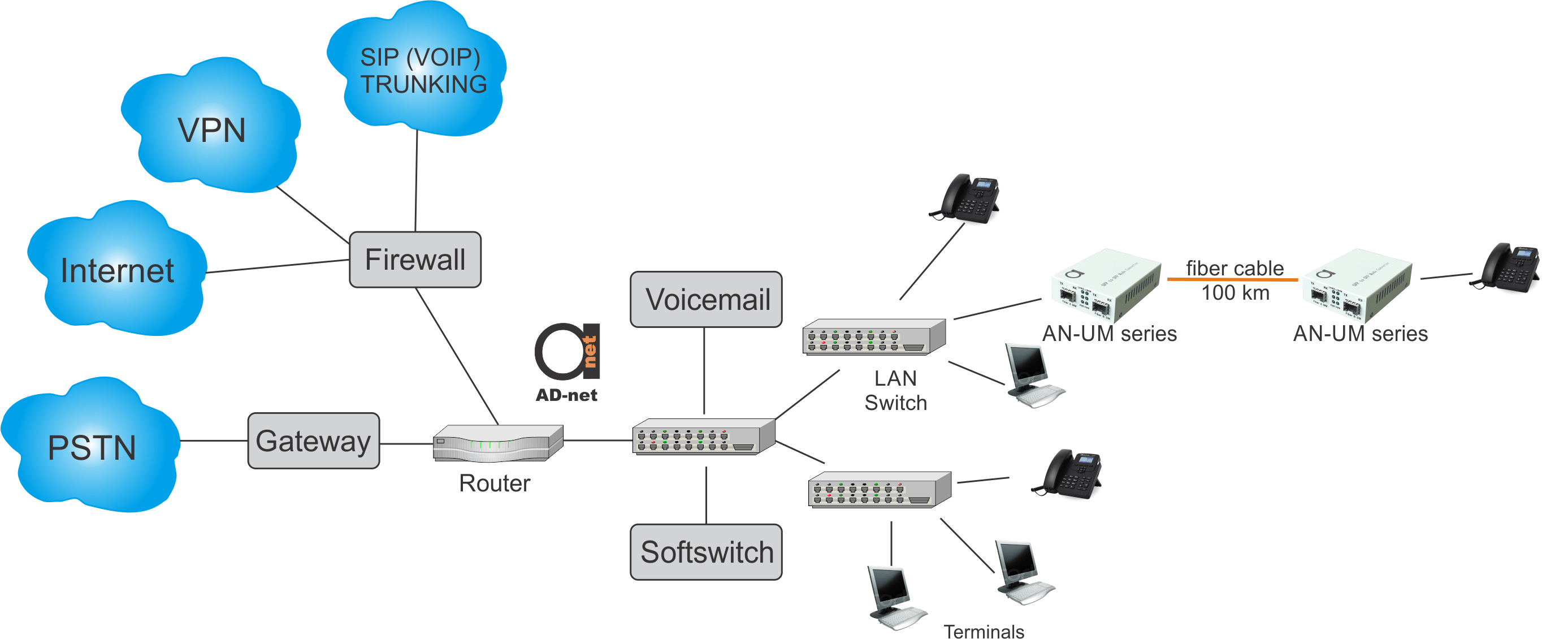
Figure 3: Key network elements of typical VoIP scheme
We will describe every item in below article, but, for now just look what we have here. Notice how we introduced our fiber optic media converters in this scheme – while formally they are not part of VoIP network as such, in this case we show how you can increase distance of remote IP phone terminals, which usually will be limited to 100m only over UTP cable – to 100 km and more.
VoIP Phones & Other VoIP Terminal Types
Terminals, featuring both dedicated-line IP telephones together with soft phones, which consist of software programs that run on general computer devices via Windows, Android and other OS.
Typical example of softphone on Android is Zoiper, but here’s a good summary of what you can get in market for android.
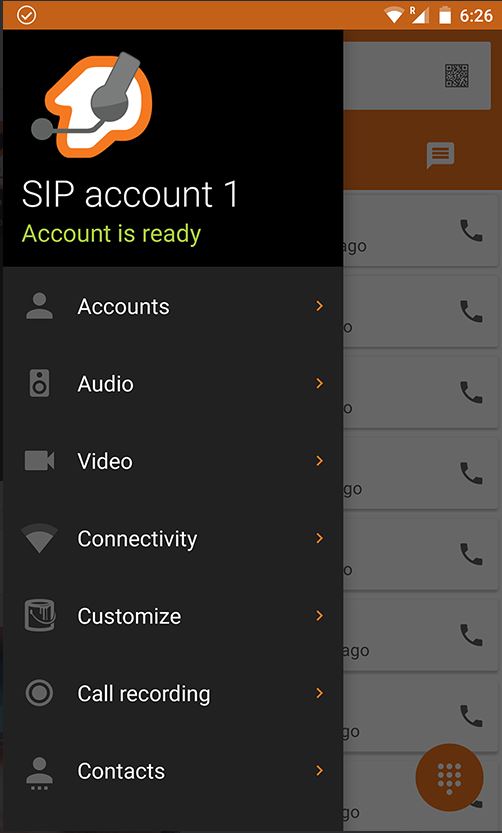
Figure 4: Zoiper Android Softphone
A VoIP terminal consists of a microphone, a speaker and a keyboard, a codec to switch between analog and digital modes, and a system integrated to manage the flow of digitized speech in usually 20 millisecond segments with timing variation fixing, sequencing, and error controlling.
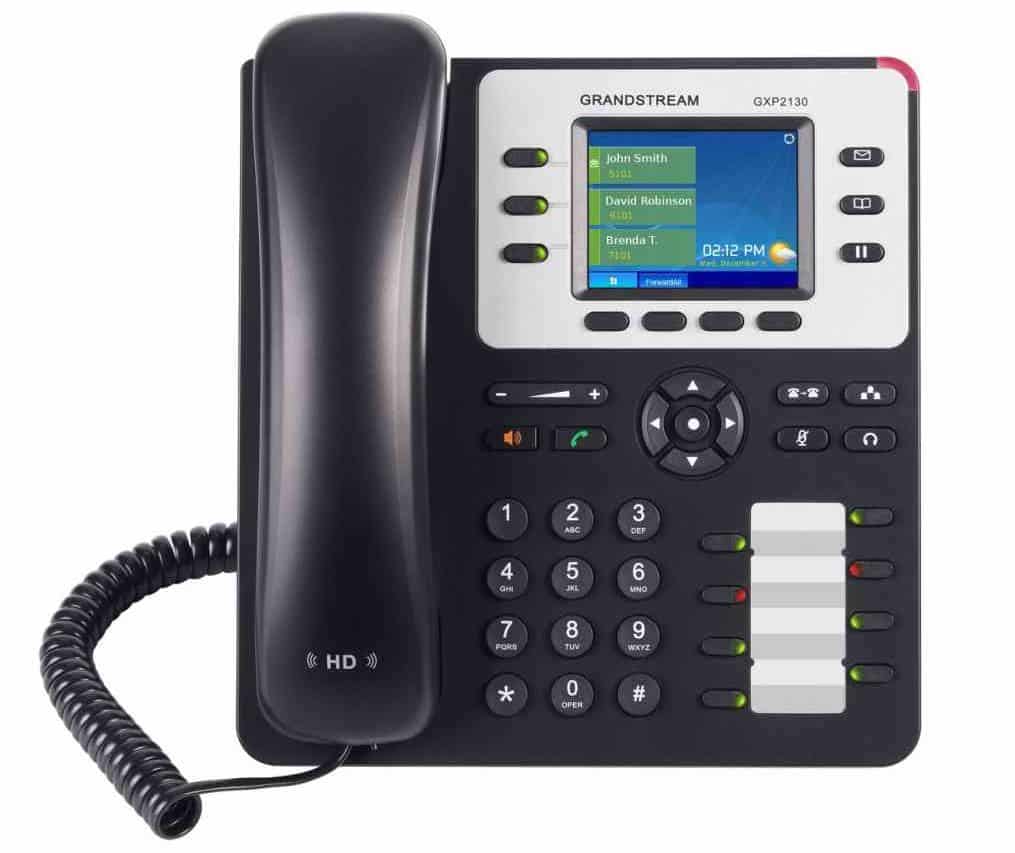
Figure 5: Grandstream’s GXP2130 IP phone
Due to the fact of being a Voice Over IP program, the terminal must own an IP protocol stack for transferring the parts of digitized speech in IP packets, the DHCP system to get an IP address, a LAN interface and MAC address and either physical wired or wire-free connection to the network.
The terminal may also consist of other aspects, procedures and technologies such as Internet Browser or screen display integrated.
Another terminal type is the voicemail server, which is also known as “Integrated Messaging System” when it operates several types of messaging like email, voicemails, short text messages, fax and allows procedures like text-to-voice or voice to text conversion.
Here’s another interesting example on have VoIP terminal devices can look like – check this AD-net’s GPON ONT with integrated FXS VoIP ports. In this case, you configure these FXS ports to work with VoIP gateway that will located in network somewhere behind the GPON OLT.
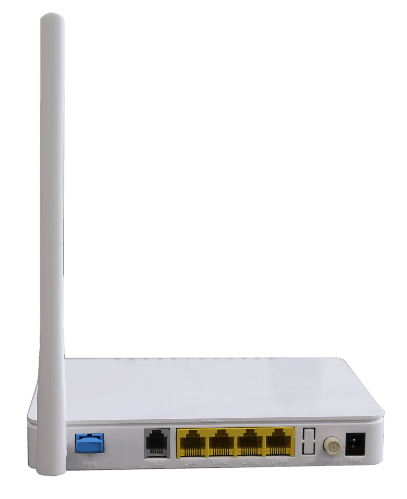
Figure 6: VoIP GPON ONT
Make no mistake here – RJ-11 port (grey one) you see on this GPON ONT, is already to be connected to regular, analogue POTS phone – not IP phone.
Physical Networking: Wired and Wireless LANs
An extra feature of a VoIP technology is physical connections, applied with a LAN framework and featuring LAN cables, wireless LANs, and LAN switches.
Softswitch/SIP proxy
The “softswitch”, which is also known as a SIP proxy or Call Manager, is a vital feature of a VoIP program. Its primary role is to help in call initiation. The softswitch also handles terminals and controls admission to the VoIP system as well as enables terminal confirmation, registration, state and address resolution, and call regulation.
Router function
The router basically links LAN parts (specifically known as LAN broadcast domains, to each
other inside the establishment and to outer connections, featuring the circuit-switch Public Switched Telephone Network, Internet, VPN services, and Session Initiation Protocol (SIP) trunking servers that pass VoIP telephone calls remotely.
Gateway function
Gateways allow formal conversions, consisting of both format coding and messaging format conversions between the IP platform and circuit-switched PSTN.
Firewall function
A firewall technology is necessary to control the connections established with other IP networks.
Which feature:
-The Internet, which enables the setup of messaging to anywhere without any solid performance guarantees.
-VPNs (Virtual Private Networks) which enable messaging to specific addresses/points within the business, and may come with performance guarantees.
And finally:
-SIP trunking, which transfers VoIP to exact locations in native mode, with guarantees of performance that match telephone calls and may employ a gateway feature to switch VoIP to conventional telephones for calls completed on the PSTN.


